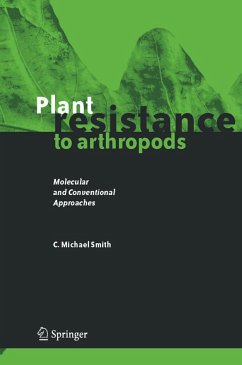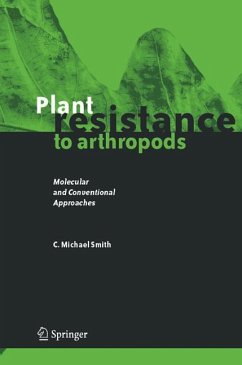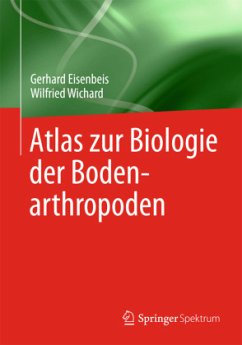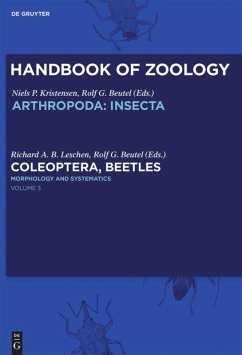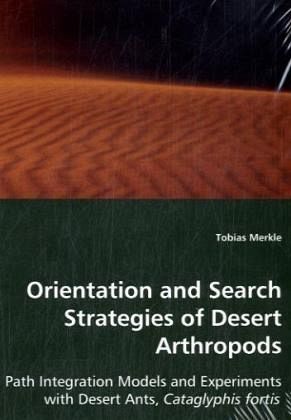
Orientation and Search Strategies of Desert Arthropods
Path Integration Models and Experiments with Desert Ants, Cataglyphis fortis
Versandkostenfrei!
Versandfertig in 6-10 Tagen
45,99 €
inkl. MwSt.

PAYBACK Punkte
23 °P sammeln!
Path integration enables desert arthropods to find back to their nest on the shortest track from any position. To perform path integration successfully,speeds and turning angles along the preceding outbound path have to be measured continuously and combined to determine an internal global vector leading back home at any time. When the global vector has been run off but the nest has not yet been reached, the arthropods engage in systematic search behavior.In the theoretical part of this work, the model descriptions of mathematically precise path integration that have been developed so far are r...
Path integration enables desert arthropods to find back to their nest on the shortest track from any position. To perform path integration successfully,
speeds and turning angles along the preceding outbound path have to be measured continuously and combined to determine an internal global vector leading back home at any time. When the global vector has been run off but the nest has not yet been reached, the arthropods engage in systematic search behavior.
In the theoretical part of this work, the model descriptions of mathematically precise path integration that have been developed so far are reviewed, and the hitherto not used variant of egocentric cartesian coordinates is proposed and explained.
Experiments were conducted with desert ants. Those experiments revealed that natural outbound runs do not differ remarkably among different ants. It became obvious that the longer the distances of foraging excursions the larger the errors occuring during path integration and that the ants adapt their systematic search strategy accordingly. No improvements in the accuracy of outbound or inbound runs during repeated training to known feeding sites were found.
speeds and turning angles along the preceding outbound path have to be measured continuously and combined to determine an internal global vector leading back home at any time. When the global vector has been run off but the nest has not yet been reached, the arthropods engage in systematic search behavior.
In the theoretical part of this work, the model descriptions of mathematically precise path integration that have been developed so far are reviewed, and the hitherto not used variant of egocentric cartesian coordinates is proposed and explained.
Experiments were conducted with desert ants. Those experiments revealed that natural outbound runs do not differ remarkably among different ants. It became obvious that the longer the distances of foraging excursions the larger the errors occuring during path integration and that the ants adapt their systematic search strategy accordingly. No improvements in the accuracy of outbound or inbound runs during repeated training to known feeding sites were found.






